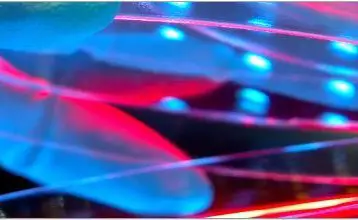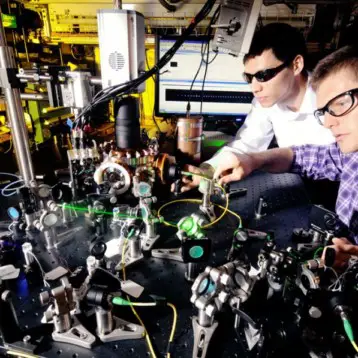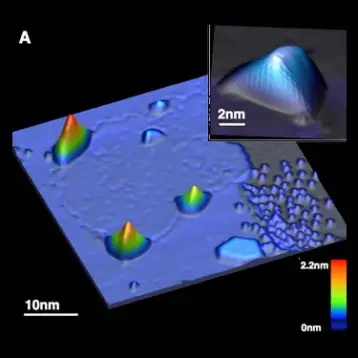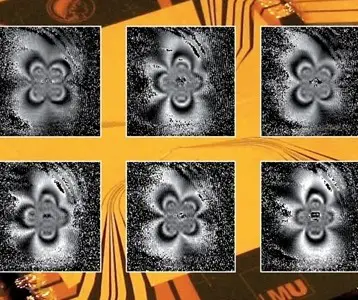|
Current technologies provide modern laser diodes that work in the near-infrared wavelength range; although they are extremely efficient, in the mid-infrared range (greater than 3 microns) they are much more difficult to access. Therefore, scientists called for the development of new device architectures that could be applicable in this range.
Now, thanks to this new development, the need for such laser diodes is answered. The research was published online in the journal Nature Photonics on Jan. 10 and was led by Manijeh Razeghi, the Walter P. Murphy Professor of Electrical Engineering and Computer Science at the McCormick School of Engineering and Applied Science.
According to the study, quantum cascade laser (QCL) is a diode laser designed on the quantum mechanical level; its purpose is to produce light at the desired wavelength with high efficiency. While there are shared similarities with traditional diode lasers, there are differences too: QCL is unipolar, requiring only electrons to operate.
Razeghi says that a significant effort has been spent trying to understand and optimize the electron transport, which would allow researchers to improve the laser quality and efficiency. Since laser wafer production is done using standard compound semiconductor growth equipment, the research team tried to optimize the material quality in these standard tools by experimenting with various semi-conducting substances.
The breakthrough reported is a blessed change: previous reports regarding QCLs with high efficiency have been limited; history shows that efficiency values are less than 40 percent, even when cooled to cryogenic temperatures. Now, after removing design elements unnecessary for low-temperature operation, the researchers were able to demonstrate individual lasers emitting at wavelengths of 4.85 microns with efficiencies of 53 percent when cooled to 40 Kelvin.
When asked to explain the importance of his team’s discovery, Razeghi says: “this breakthrough is significant because, for the very first time, we are able to create diodes that produce more light than heat.“ Currently efficiency is the primary goal; “passing the 50 percent mark in efficiency is a major milestone, and we continue to work to optimize the efficiency of these unique devices,” she says.
The study describes other, secondary goals. For instance, the power output; the team have achieved record output powers up to 120 watts, which is up from 34 watts only a year ago. Due to this record, along the aforementioned breakthrough, this research makes a significant landmark in the field of quantum lasers. When properly used, these lasers could penetrate through receptacles – made of almost any material – in order to probe the contained substance and check whether it is hazardous or not. Since no heat is created, the result is a safer measure for identifying potential bombs.
TFOT has also covered the innovative identification of TATP, one of the most elusive explosives used in many deadly terrorist acts, the Wearable Sniper Detectors, purchased by the United States Army, and CompactSafe, a system capable of inspecting and automatically extracting traces of explosives from items that have complex internal mechanisms such as laptops or medical devices. Another related TFOT story, regarding to physics, covers the process of lengthening quantum bit memory using lasers, discovered by scientists from the University of Michigan.
For more information about New Quantum Cascade Lasers, see McCormick’s website.
Icon image credit: Barakitty/Wikimedia Commons











